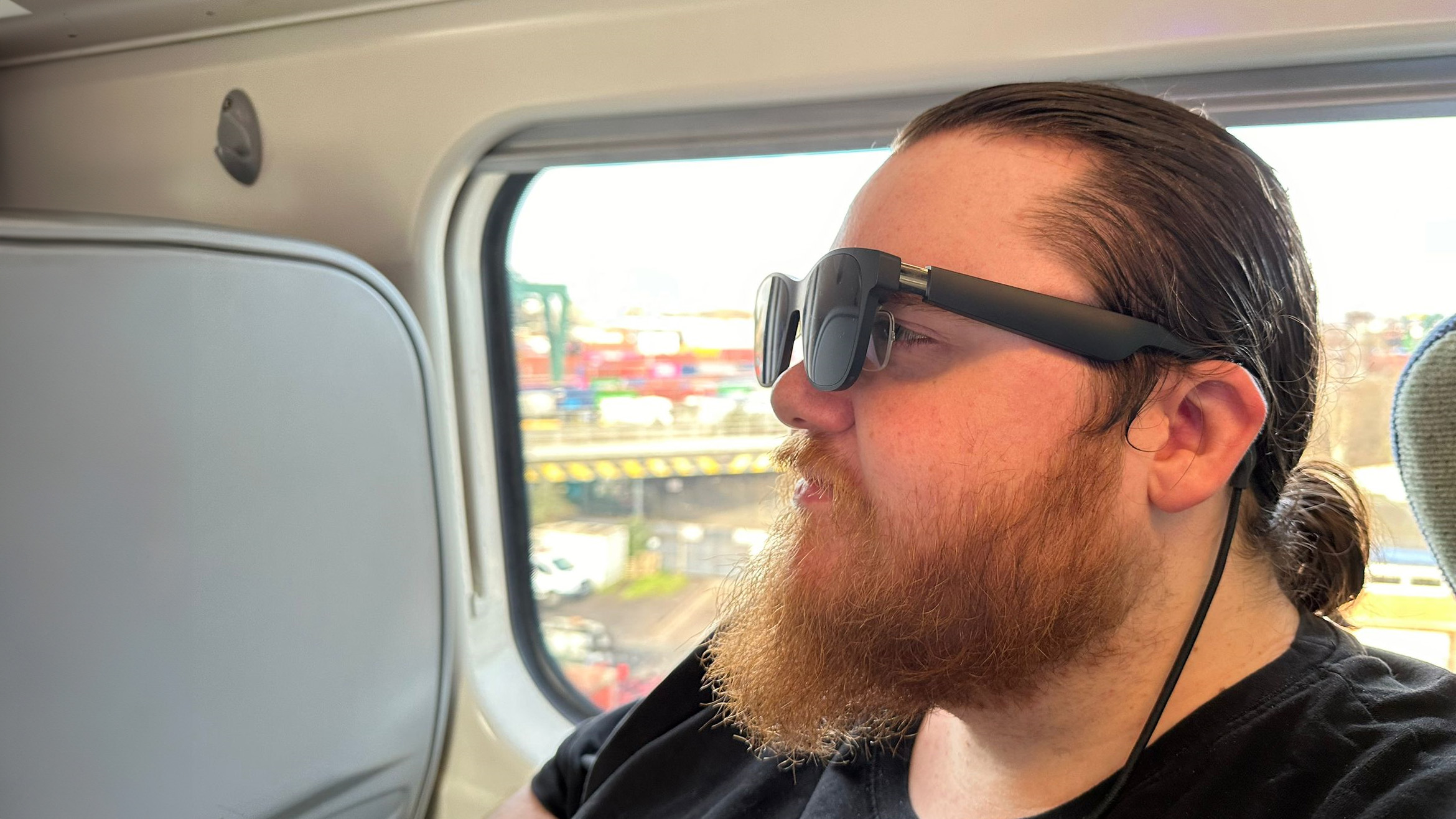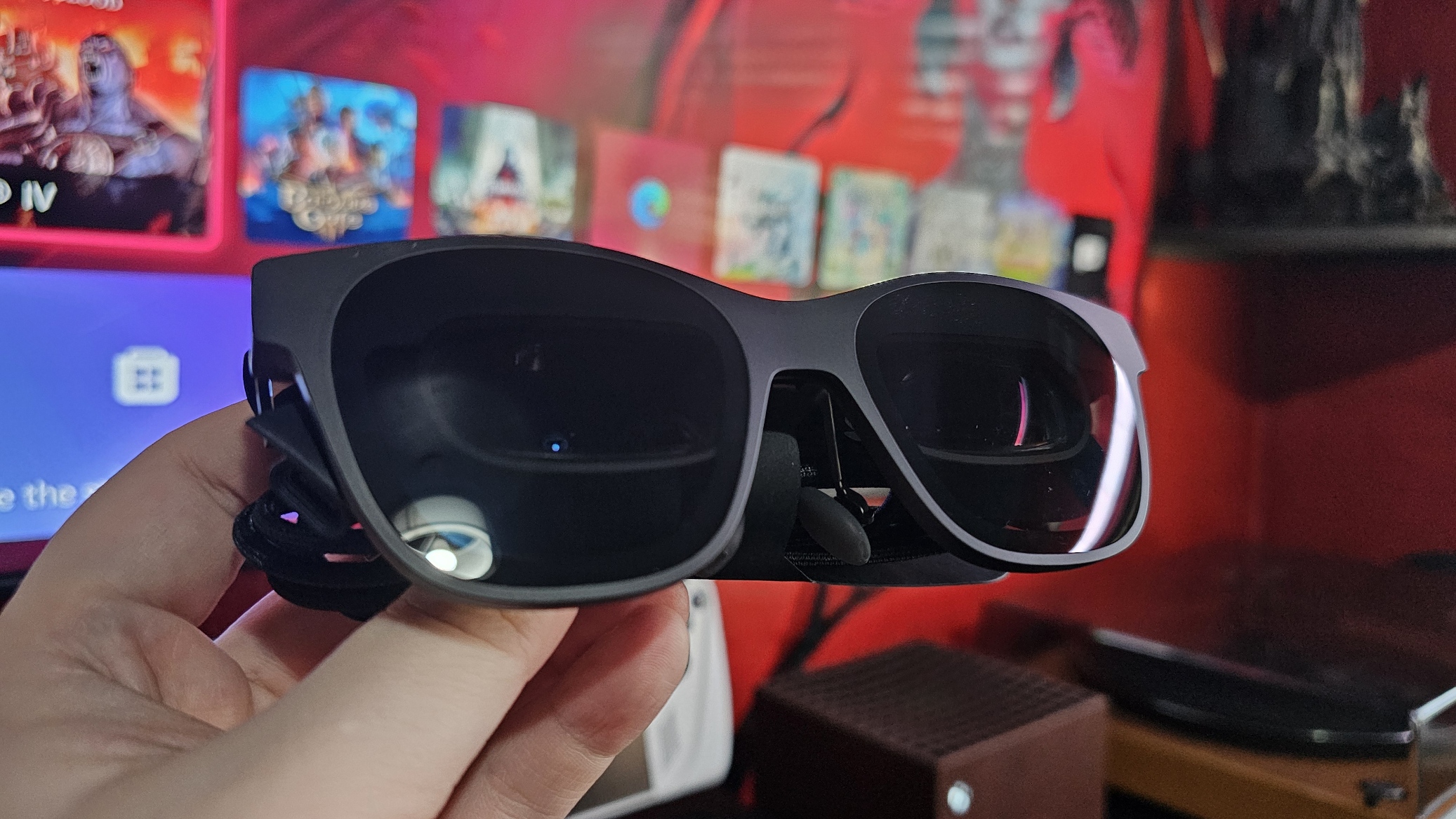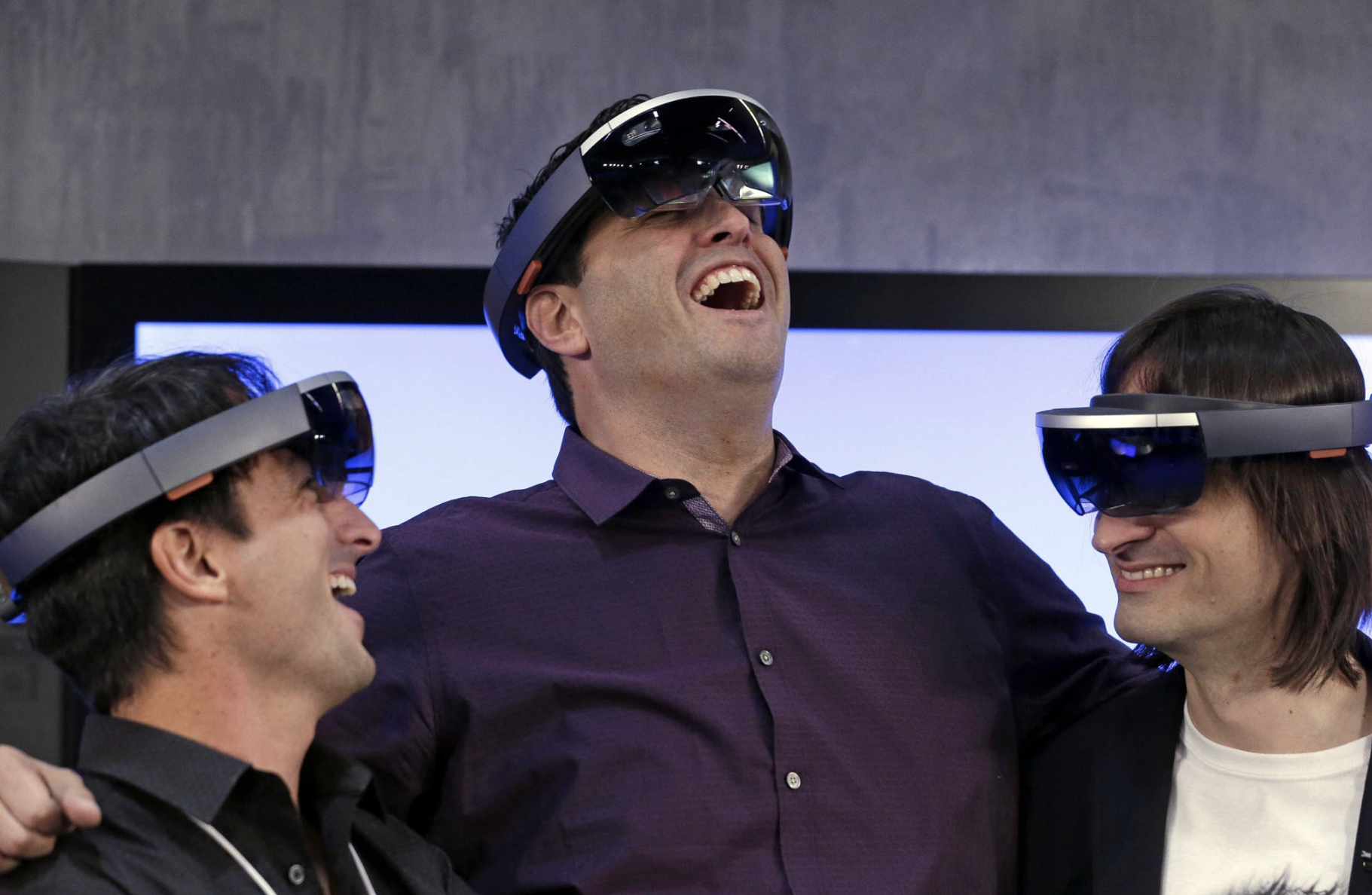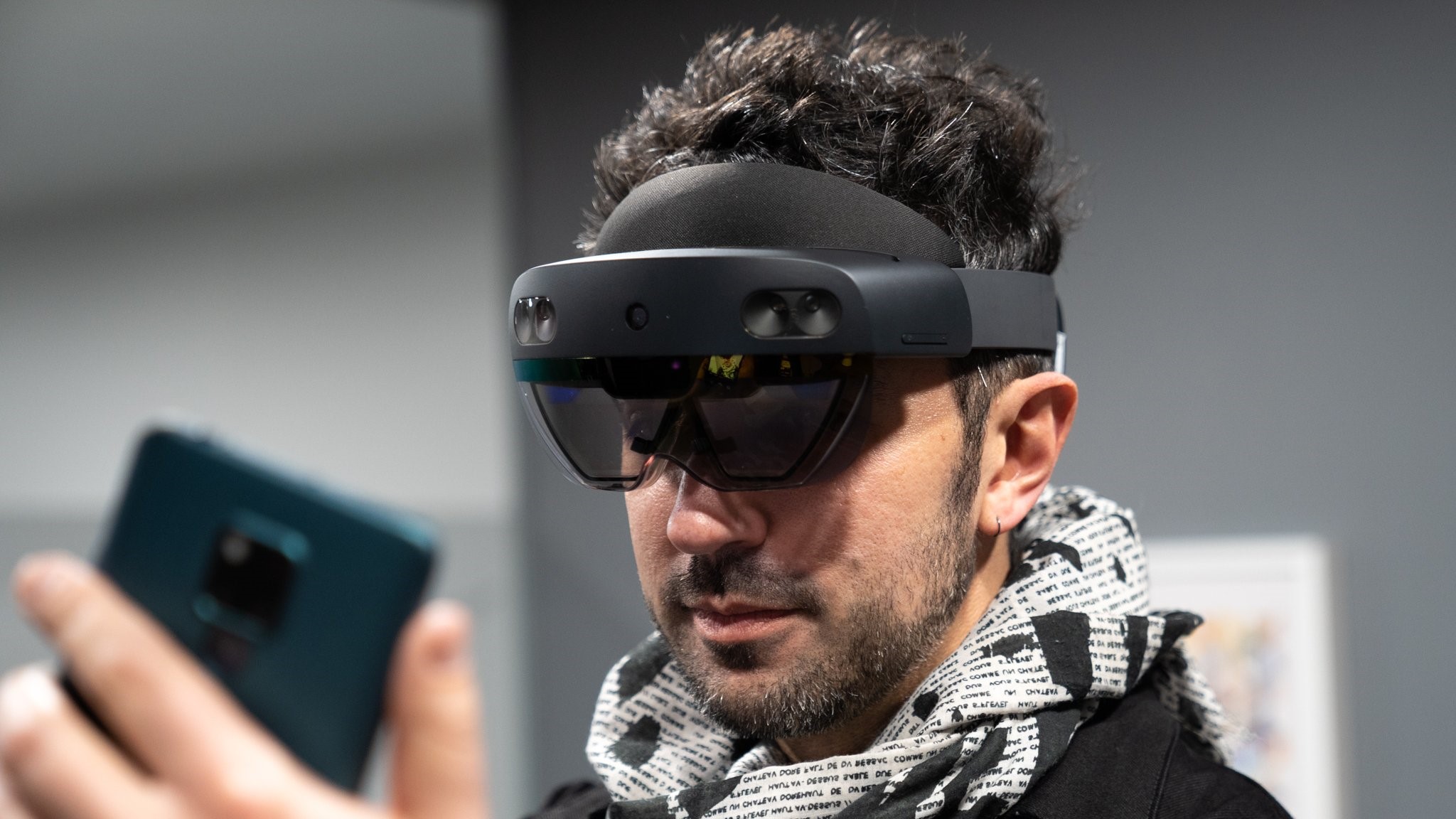
Everyone is talking about the Apple Vision Pro (okay, well, they were for about 5 minutes). But as long-time Windows watchers, we sit by the sidelines, once again, watching as Apple "invents" another category Microsoft effectively pioneered with HoloLens.
The spatial hologrammatic anchors seen in the Apple Vision Pro were present in HoloLens over half a decade ago, although increasingly, it seems like HoloLens' future is largely in peril. Microsoft also announced that Windows Mixed Reality is dead. The platform, which powered OEM Windows-based headsets from the likes of Dell and HP, will no longer receive updates. HoloLens is powered by "Windows Holographic," although the lack of interest from Microsoft seems to be hinting that the nascent product is rapidly hurtling towards the Microsoft Graveyard, squashed by the Meta Quest and Apple Vision Pro.
The truth is, I don't expect the Meta Quest or Apple Vision Pro will become the "preferred" computing paradigm any time soon. One reason is cost. The Apple Vision Pro is stupidly expensive (and HoloLens was too). The other reason is comfort. Literally nobody wants to wear a computer on their face, when a phone or a laptop is simply far more comfortable, even if it's less "cool."
What if there was an affordable method, that was also actually comfortable to wear? That's the XREAL Air glasses.
I reviewed the XREAL Air glasses here, and have found them to be a trusty travel buddy ever since. However, it's so clear to me that there's raw potential here not being met, and a big partnership with Windows 11 and Microsoft could help both firms leapfrog the likes of Apple and Meta in this interesting, emerging compute category.
Right now, XREAL's biggest problem is software.

Recently, during a trip for a video game preview event (Dragon's Dogma 2 is absolutely amazing, btw), I decided to ditch my laptop and travel light. Instead, I armed myself only with my XREAL Air glasses, a Bluetooth travel keyboard, and my Samsung Galaxy S24 Ultra with Samsung DeX (RIP Windows Phone Continuum).
For those who don't know, Samsung DeX gives you a Windows-like environment when you connect a display to Samsung's higher-end smartphones. Connect up a mouse and keyboard via Bluetooth, and you effectively have an ARM-powered laptop. The only issue for me with Samsung DeX was... well, if I'm going to take a portable monitor with me, at that point I might as well just take my laptop. But XREAL changes all that.
When you plug the XREAL glasses into a Samsung smartphone, Android will pick it up as an external display, and immediately start Samsung DeX. What you see inside the glasses is a huge resizable monitor, all without the bulk of an actual monitor, with incredible crispness, QHD resolution, and almost zero chromatic aberration or edge blurring. Using prescription lenses, the XREAL is the only head-mounted device I've used that is comfortable for long sessions. I watched Cyberpunk Edgerunners from Netflix on the train, and it was a truly awesome, immersive experience — truly like having your own personal cinema, without the awkwardness of carrying, or wearing a huge VR face computer. However, the downsides to actually using this method as a full laptop replacement are numerous.
This isn't necessarily the XREAL Air's fault, since they don't exactly market themselves as a laptop replacement. The XREAL Air glasses have no internal battery or computing, they are effectively just a very clever monitor, squashed into some powerful lenses. But therein lies XREAL's biggest issue, really. The software to truly get the most out of these types of devices is either within closed platforms, like the Apple Vision Pro or the Meta Quest, or it's just... well, awful.
Samsung DeX is not a great experience as a "laptop replacement," selecting text fields can still bring up the touch keyboard even if it's turned off. Some apps don't scale properly, if at all, when running in a "window." And productivity apps I might want to use, like Microsoft Word for mobile, are often missing tons of features that you don't notice until you actually need them. Also, some of my company web apps are just designed for a desktop environment, and won't scale on Samsung DeX even if I change the browser's settings to load up the desktop version of web pages.
There's an absolutely vast potential in hologrammatic computing interfaces. Just consuming YouTube, Netflix, or games while commuting is great — but if XREAL was connected to an OS that had features designed in and around this type of computing paradigm, I feel like it could be the holy grail companies like Meta and Apple have long been eluded by.
And like I said, none of this is XREAL's fault. But it is a huge pain point for the firm. XREAL's own "Nebula" app for Android tries to inject some of these features, but it's too buggy and clunky to provide a good experience right now. And even if they got it up to par from a spatial computing perspective, they'll still be bottle necked by the fact they're trying to run a desktop resolution via an Android interface, which simply isn't, and never will be, designed for desktop. Thankfully, there is an OS for OEMs out there designed for hologrammatic spatial computing in desktop environments — Windows Mixed Reality.
Microsoft's biggest problem was hardware.

When Microsoft revealed HoloLens back in the day, it was summarily mind-blowing. True holograms, realizing the sci-fi dreams of decades of artists and authors.
Microsoft used an impressive external capture rig to showcase the holograms, although they explained that the HoloLens total view area would be smaller in reality. In reality, indeed, it was pretty tiny. It was akin to peering at holograms through a letterbox, and arguably a downgrade from simply using a laptop or indeed any other device.
Then came the price tag. The latest HoloLens 2, which has a larger "letterbox" viewing angle and better ergonomics, costs a whopping £3,449 in the United Kingdom, $3,500 in the United States. The price tag represents the complexity of the tech, owing to the fact it's a fully-contained, untethered Windows computer, complete with all the benefits of the Windows UWP ecosystem.
HoloLens and Windows Holographic development has eventually ended, though. There hasn't been a meaningful update to HoloLens' overall software landscape for years — with the majority of development going towards servicing Microsoft's terminally-ill contract with the United States military.
I can't help but feel like HoloLens, the Apple Vision Pro, and Meta Quest 3, are trying to solve a problem that doesn't exist — at least from a productivity perspective. For gaming, a fully immersive 3D VR environment offered by Meta Quest absolutely makes sense. But for hologrammatic productivity represented by HoloLens and the Apple Vision Pro, that absurd $3,000+ price tag makes no sense for the vast majority of humans, both on the consumer and business side.

HoloLens apologists might say things like, "well, it's not for consumers!" To that, I'd argue that it quite clearly could be. Apple is certainly pitching the Vision Pro as a consumer device, and it effectively does all the same stuff HoloLens 3 or 4 might've done if Microsoft had continued to iterate. I joked on Twitter (X) to the effect of, "HoloLens engineers must be enjoying the fact that Apple just invented HoloLens." After, a former HoloLens engineer reached out and noted the fact that a large portion of the team joined Apple to work on the Vision Pro. Yet still, Apple hasn't solved the core issue that HoloLens had: Price, and comfort. These devices are huge, face computers. The human spine is not designed to accommodate this kind of imbalanced skull weight, and indeed, many Apple Vision Pro reviews remark about neck pain. The XREAL Air sports neither of these problems.
The XREAL Air starts at $299, and the version with electromagnetic dimming (amazing tech) is $499. This is orders of magnitude cheaper than HoloLens or the Apple Vision Pro. It's also barely noticeable while being worn, too, unlike any of the main head mounted devices. Honestly, I feel as though the XREAL Air are actually more comfortable than my regular glasses.
The issue with XREAL is its lack of viable software. The issue with Microsoft's mixed reality is a lack of viable hardware.
Is there enough of a vision or drive left within Microsoft to support devices like this?
XREAL + Windows, it just makes sense.

Right now, the XREAL glasses have an optional accessory called the Beam. The XREAL Beam is essentially a power bank running the absolute most bare-bones version of Android. It injects Amazon Prime, Netflix, and a basic file explorer app into your XREAL, and also provides some boosted configurability over stock Android or the Nebula app. It's unnecessary to use the Beam if you have a smartphone to plug XREAL into, of course, but sadly Android and iOS just don't cut it by themselves.
What XREAL really needs is a platform designed for holographic computing, and spatial anchors. Windows Mixed Reality might be mothballed, but I kept thinking while using Samsung DeX with XREAL ... "I wish this was Windows right now."
With ARM mobility processor architecture and Windows getting closer than ever before, what if there was a pocketable Windows holographic device that could connect to and power the XREAL or other similar devices? Could this finally be Microsoft's mobility play in a post-smartphone world? Could this be THE RETURN OF WINDOWS MOBILE?!?!
Okay, maybe I'm dreaming, but the synergy here is so painfully obvious. I wish Microsoft still cared about this stuff.




!["[T]he First and Fifth Amendments Require ICE to Provide Information About the Whereabouts of a Detained Person"](https://images.inkl.com/s3/publisher/cover/212/reason-cover.png?w=600)


